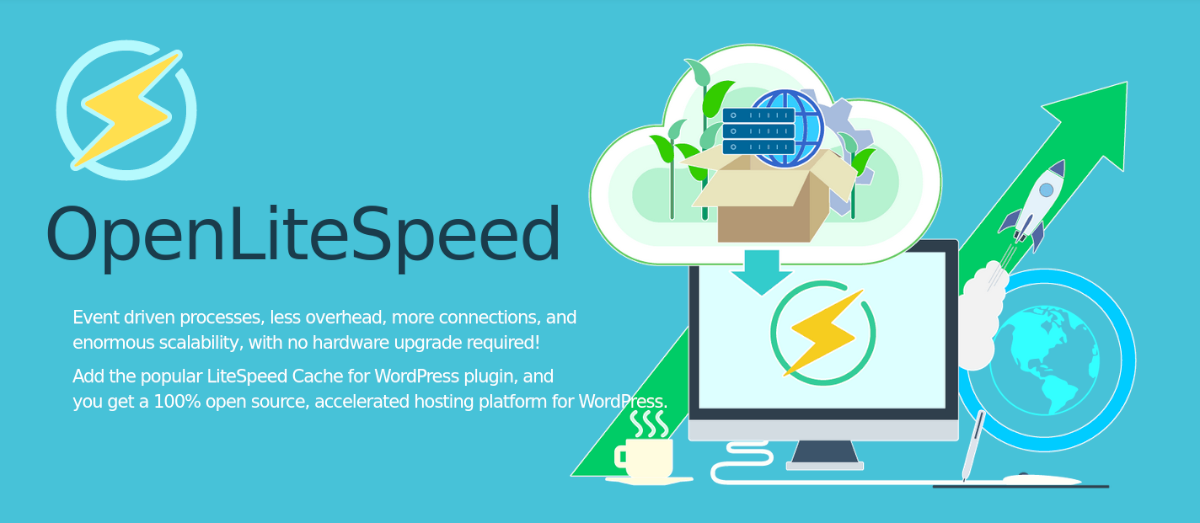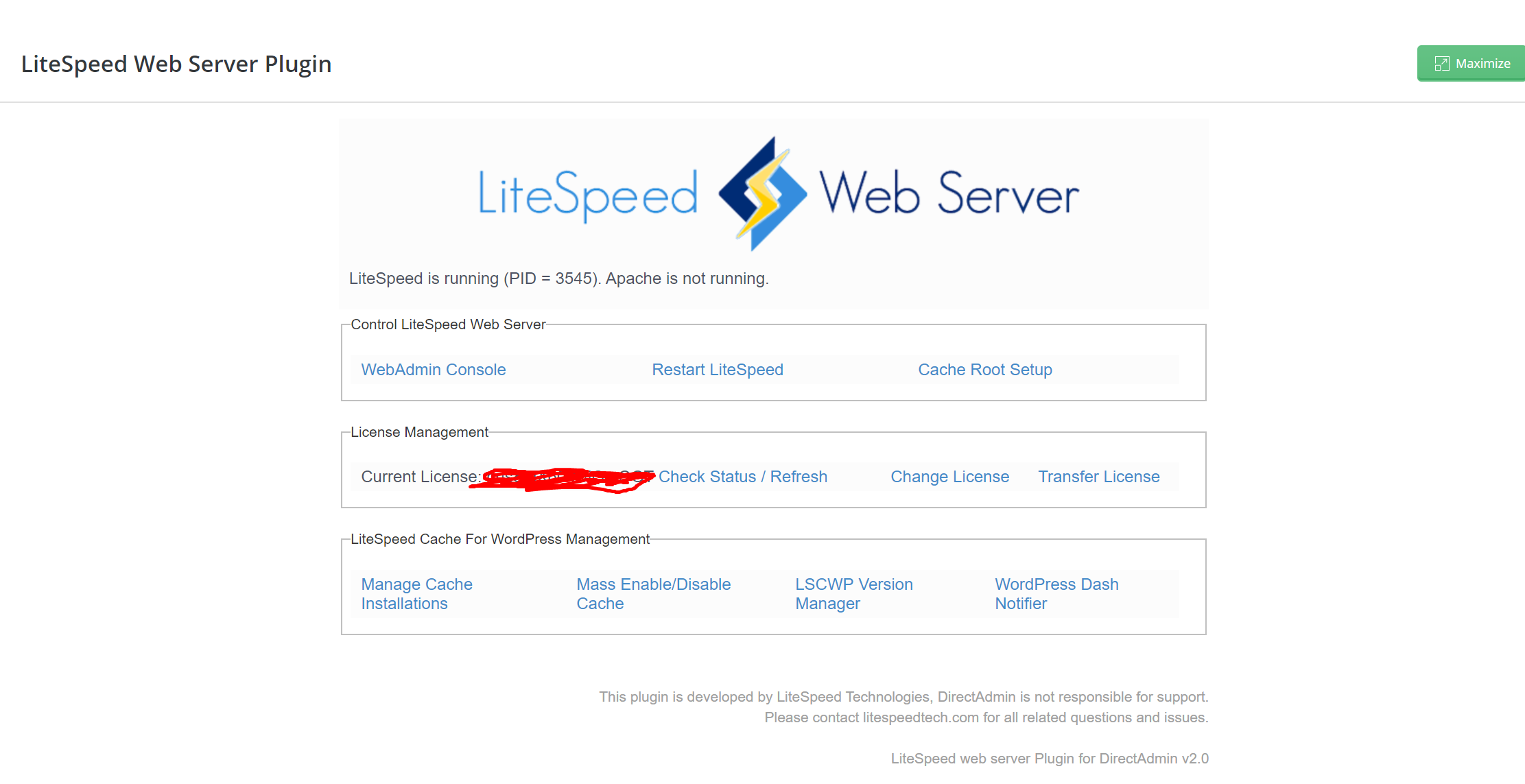

CON: It consumes more resources to show a visitor a page that needs to be assembled from several pieces than it does to show them a page that is already intact. PROs: Very little space is required, and there’s room for a small amount of personalization. The mixed content would be re-assembled and served together. In this case, you would cache the page publicly, and use ESI to cache just the widget in private cache. The content in the widget must be cached privately, as it differs from customer to customer, but the rest of the page, is suitable for the public. Usually, you would start with a public page, and then "punch holes" for private or uncached content.Ī good example of this would be a shop with a cart widget. CON: A lot more space is required to store all of those individual pages.ĮSI provides an opportunity to combine all types of content on a single page. PRO: You can personalize each page to a great extent. If you have 10,000 visitors to one page, that’s 10,000 copies of that page in private cache. This is fairly simple to set up, but you have to be careful if you have storage limitations. The simplest way to deal with this is to store the shopping cart page in private cache. The contents of one user's cart are bound to differ from the contents of another user’s cart. You certainly do not want every visitor to your shop to be served the exact same shopping cart page. If a page can be served as a static page to a particular user multiple times, then it can be privately cached.Ī classic example of data that should be cached privately is a shopping cart. CON: There’s no opportunity for personalization – everyone gets the exact same page. PRO: Very little storage space is required. If you don’t allow your visitors to create logins, and you don’t create any special content based on data that you can learn from their IP address (for instance), the chances are very good that public cache will be adequate for your site. Many simple sites do just fine with public cache. When a user visits the page, they see exactly the same content as the previous user, and the next user. #LSCACHE ON LITESPEED WEB SERVER. ARCHIVE#
If a page can be served as a static page to every user, then it can be publicly cached.Īny page that has no personalized content whatsoever is a good candidate for public cache.Ī blog archive page, for instance, could work, if it has no areas on the page that include personalized greetings or anything of that kind. Public, Private, and ESI Caching ¶ Public Cache ¶

If the response is different every time the page is requested (and therefore cannot be served as a static page to anyone) then the page must not be cached. If it can be served as a static page to a particular user multiple times, then it can be privately cached. In general, if a page can be served as a static page to every user, then it can be publicly cached. LiteSpeed can store pages in a public cache or a private cache, or it can leave a page uncached, if necessary.
LiteSpeed Memcached LiteSpeed Memcached. LSCache Developers Guide LSCache Developers Guide. LSCache Without a Plugin LSCache Without a Plugin. Basic Concepts Basic Concepts Table of contents. WHM LiteSpeed Plugin WHM LiteSpeed Plugin. External Applications External Applications. LiteSpeed Web Server LiteSpeed Web Server.






 0 kommentar(er)
0 kommentar(er)
